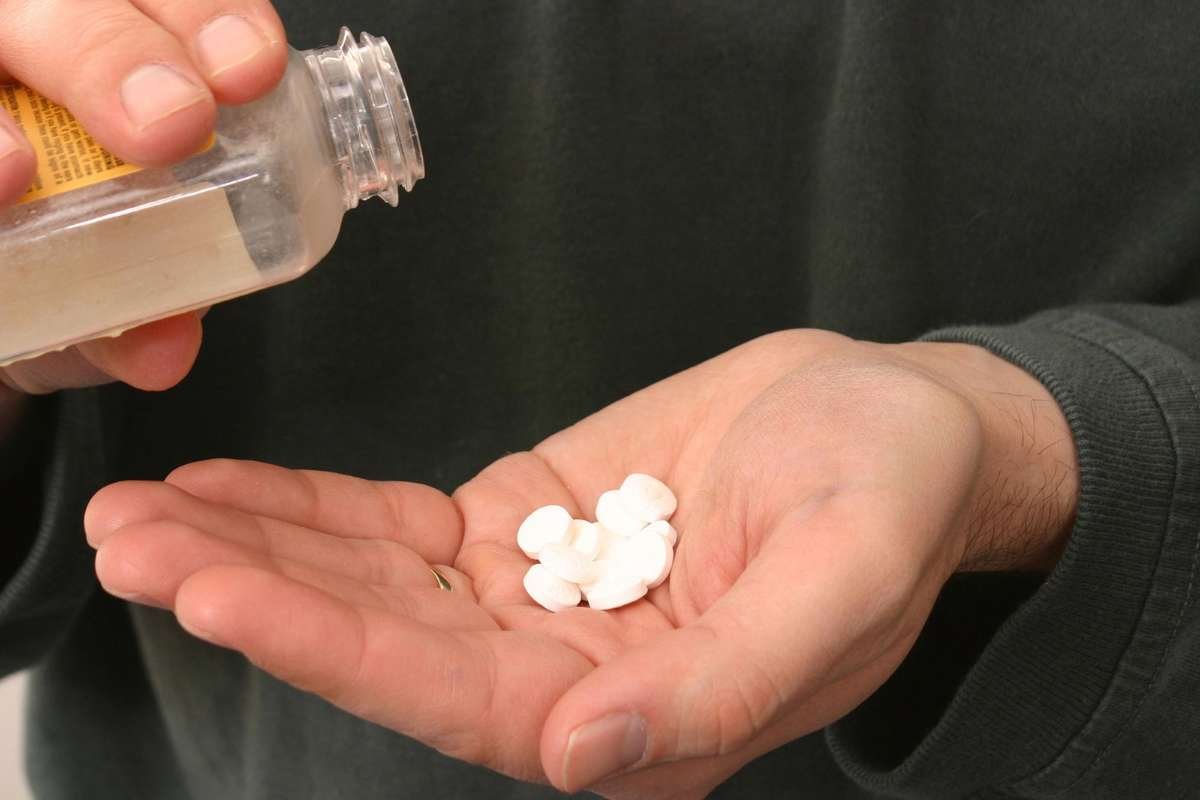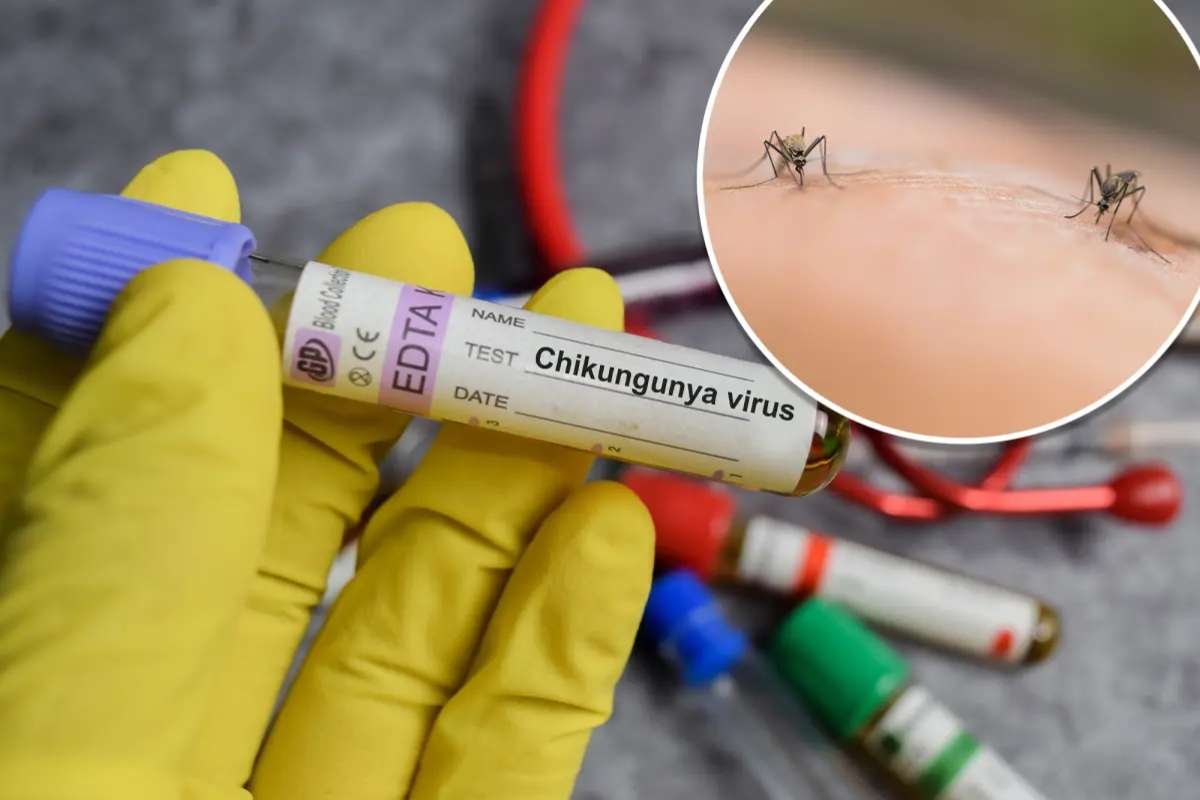Source – Cardiovascular Devices
Cardiovascular devices are at the front of innovation in the rapidly changing field of healthcare, consistently pushing the limits of medical technology. These tools are essential for the diagnosis, treatment, and management of cardiovascular diseases, which improves patient outcomes and quality of life. This in-depth investigation explores the most recent developments in cardiovascular devices, illuminating the revolutionary influence they have on the area of cardiology.
Here are 7 Points About the Latest Breakthroughs in Cardiovascular Devices:
1. Cardiovascular Devices in Diagnosis
In the realm of diagnostics, the marriage of cardiovascular devices with artificial intelligence has ushered in a new era of precision. AI algorithms, embedded in these devices, sift through intricate data patterns, discerning subtle anomalies that might elude conventional assessments. This heightened level of accuracy not only facilitates early detection but also refines the understanding of individualized cardiovascular health.
Wearable monitors, smartwatches, and portable ECG machines, armed with AI prowess, offer a comprehensive approach to diagnostic insights. As these technologies converge, they form a synergistic alliance that promises to reshape the landscape of cardiovascular care, propelling it toward a future marked by unprecedented diagnostic precision and proactive intervention.
2. Treatment Innovations

Percutaneous coronary intervention (PCI) devices, notably drug-eluting stents and balloon catheters, epitomize the ongoing transformation in cardiovascular treatment. These devices, designed for minimally invasive procedures, redefine the landscape of coronary interventions. Drug-eluting stents, with their innovative coatings, not only facilitate the opening of blocked arteries but also mitigate the risk of restenosis. Balloon catheters, with enhanced precision, contribute to smoother procedures, minimizing trauma to surrounding tissues.
Simultaneously, the evolution of implantable devices like pacemakers, defibrillators, and ventricular assist devices (VADs) reflects a paradigm shift towards more refined therapeutic strategies. These devices have undergone a metamorphosis, becoming smaller, yet more powerful and capable of personalized interventions.
The convergence of miniaturization and heightened sophistication marks a revolutionary stride in cardiovascular therapeutics, promising improved patient outcomes and expanding the horizons of what is achievable in treating cardiovascular conditions.
3. Cardiac Monitoring

The landscape of continuous cardiac monitoring has been elevated by cutting-edge technologies, prominently featuring implantable loop recorders and remote monitoring systems. These devices represent a monumental leap in long-term cardiac activity tracking, enabling healthcare providers to detect irregularities, evaluate treatment effectiveness, and make well-informed decisions about patient care.
Implantable loop recorders, discreetly positioned within the patient’s body, provide an uninterrupted stream of crucial data, ensuring a comprehensive understanding of cardiac function over extended periods.
Simultaneously, remote monitoring systems leverage connectivity and telemedicine, transcending geographical barriers to offer accessible and timely interventions. This integration of technology not only enhances the precision of cardiac monitoring but also transforms the paradigm of cardiovascular care, placing patient well-being at the forefront.
4. Artificial Intelligence in Cardiovascular Devices
Artificial intelligence has emerged as a game-changer in cardiovascular care, amplifying the capabilities of medical devices. AI algorithms analyze vast datasets, providing predictive insights into cardiovascular risks and optimizing treatment strategies. Machine learning algorithms integrated into devices like wearable monitors can identify patterns indicative of potential cardiac issues, enabling early intervention and personalized care plans.
5. Remote Patient Management
The paradigm of cardiovascular care has shifted with the rise of remote patient management devices. Home-based monitoring systems, equipped with sensors and communication capabilities, empower patients to actively participate in their care. These devices facilitate the seamless transmission of vital data to healthcare providers, fostering a continuous feedback loop for personalized and proactive management of cardiovascular conditions. The integration of mobile applications further enhances patient engagement and adherence to treatment plans.
6. Future Trends and Technological Convergence

Source – my.clevelandclinic.org
Looking ahead, the trajectory of cardiovascular devices is poised for even more remarkable advancements. Technological convergence, where cardiovascular devices integrate with other healthcare technologies, is set to redefine patient care. The marriage of cardiovascular devices with telemedicine, wearables, and digital health platforms creates a comprehensive ecosystem that ensures holistic and patient-centric cardiovascular management.
7. Challenges and Opportunities
In the dynamic landscape of cardiovascular devices, marked by continual innovation, challenges emerge in the forms of data security, interoperability, and equitable access to advanced technologies. Navigating these challenges demands sustained attention, fostering collaboration among stakeholders and propelling research and policy initiatives forward.
By addressing these gaps, the healthcare community has the opportunity to enhance the reliability and accessibility of breakthrough cardiovascular devices. This ongoing commitment to overcoming challenges ensures that the transformative impact of cardiovascular innovations is not only realized but also reaches diverse populations, ushering in an era where cardiovascular health is universally prioritized and empowered by cutting-edge devices.
Conclusion
The most recent developments in cardiovascular devices highlight how technology has the ability to completely change the way that cardiovascular care is provided. Cardiology is progressing thanks to these devices, which offer personalized treatment plans, remote patient management, and early diagnosis.
The advancement of technology coupled with innovation, patient-centered care, and cooperative efforts within the healthcare ecosystem will create a favorable environment for the management of cardiovascular illnesses in the future, thereby enhancing the quality of life for millions of people worldwide.







